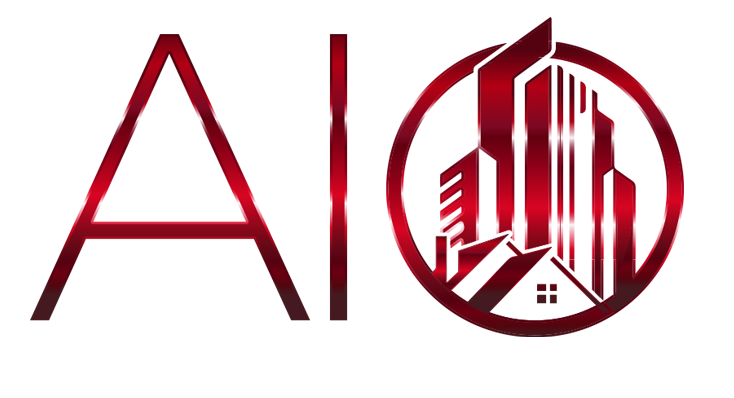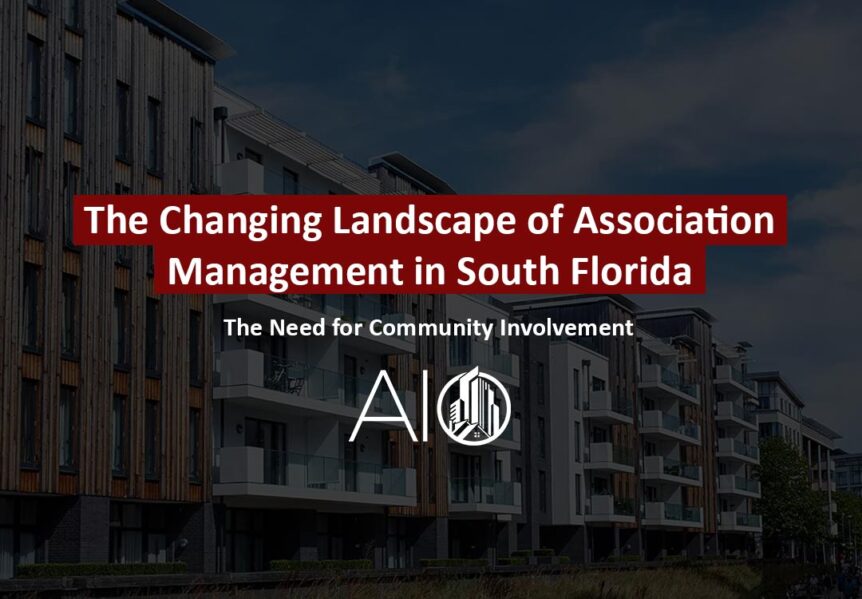In recent years, association management in South Florida has experienced significant changes. New laws, rising operational costs, and growing demands for transparency and accountability have placed immense pressure on HOA (Homeowners’ Association) and condo association boards. These volunteer-led groups are tasked with managing not only budgets and vendors but also the expectations and well-being of entire communities. As regulations continue to evolve rapidly, one thing has become evident: homeowner involvement is no longer optional—it’s essential.
Why Homeowner Involvement Matters More Than Ever
Board members, while dedicated and passionate, are volunteers with limited time and resources. They often juggle community responsibilities alongside their personal and professional lives. The increasing complexity of association management—spanning financial oversight, infrastructure maintenance, and compliance with ever-changing state laws—means boards cannot do it all alone.
When homeowners step up to volunteer, join committees, or stay informed about community issues, the workload becomes more manageable. This involvement fosters a cohesive, proactive, and resilient community where challenges are met collectively.
Rapid Changes in Association Laws
In Florida, association laws are changing at an unprecedented pace. Recent legislation imposes stricter requirements on reserve funding, building inspections, and transparency in record-keeping. While these changes aim to enhance safety and accountability, they often bring financial and administrative challenges.
Key examples include:
- Reserve Funds: Associations are now required to maintain fully funded reserves for critical repairs and maintenance.
- Building Inspections: Stricter inspection timelines for older buildings have increased both costs and urgency for compliance.
- Transparency Laws: Homeowners now have greater access to association records and decision-making processes.
For board members, balancing these evolving requirements with day-to-day operations can be overwhelming without active community support.
The Power of Community Engagement
A thriving association is not solely the responsibility of board members—it’s a collective effort. Here’s how homeowners can contribute:
- Volunteer for Committees: Join committees like finance, landscaping, or events to assist without the full commitment of a board position.
- Attend Meetings: Stay informed by participating in HOA or condo association meetings, asking questions, and engaging with ongoing projects.
- Offer Expertise: Share your professional skills, such as legal, accounting, or construction knowledge, to benefit the community.
- Promote Open Communication: Foster a culture of constructive dialogue to address concerns and collaboratively find solutions.
Protecting Property Values Through Collaboration
Active homeowner participation not only eases the burden on board members but also safeguards property values. Well-maintained amenities, timely repairs, and financial transparency contribute to a strong and desirable community. Collaborative and communicative communities are better equipped to handle challenges such as economic downturns, natural disasters, or evolving legal requirements.
The Road Ahead: A Shared Responsibility
The future of association management in South Florida hinges on collaboration between homeowners, board members, and property managers. As laws continue to evolve, adaptability and informed decision-making will be key.
If you’re a homeowner in a managed community, now is the time to step up, ask questions, and get involved. Thriving associations are no accident—they’re the result of collective effort and shared responsibility.
Together, we can navigate these changes, protect our investments, and ensure our communities remain strong, vibrant, and resilient for years to come.

